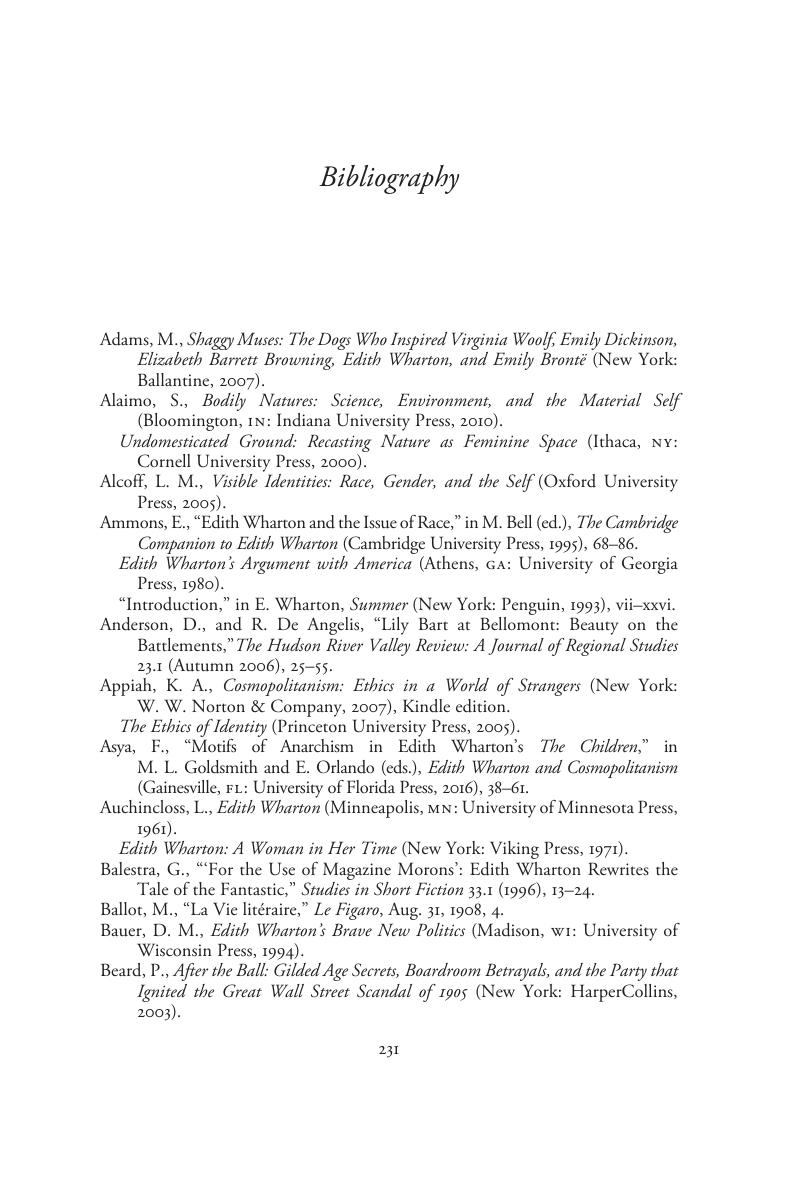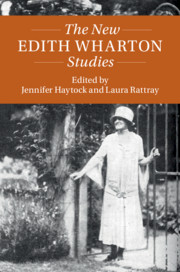Book contents
- The New Edith Wharton Studies
- Twenty-First-Century Critical Revisions
- The New Edith Wharton Studies
- Copyright page
- Contents
- Notes on Contributors
- Acknowledgments
- Editions and Abbreviations
- Introduction
- Part I Self and Composition
- Part II International Wharton
- Part III Wharton on the Margins
- Part IV Sex and Gender Revisited
- Bibliography
- Index
- References
Bibliography
Published online by Cambridge University Press: 28 November 2019
- The New Edith Wharton Studies
- Twenty-First-Century Critical Revisions
- The New Edith Wharton Studies
- Copyright page
- Contents
- Notes on Contributors
- Acknowledgments
- Editions and Abbreviations
- Introduction
- Part I Self and Composition
- Part II International Wharton
- Part III Wharton on the Margins
- Part IV Sex and Gender Revisited
- Bibliography
- Index
- References
Summary

Information
- Type
- Chapter
- Information
- The New Edith Wharton Studies , pp. 231 - 246Publisher: Cambridge University PressPrint publication year: 2019
